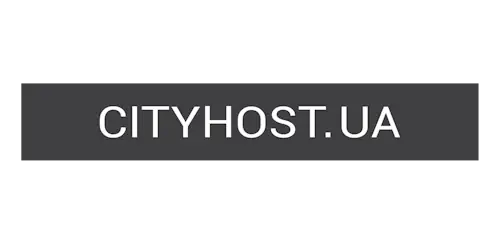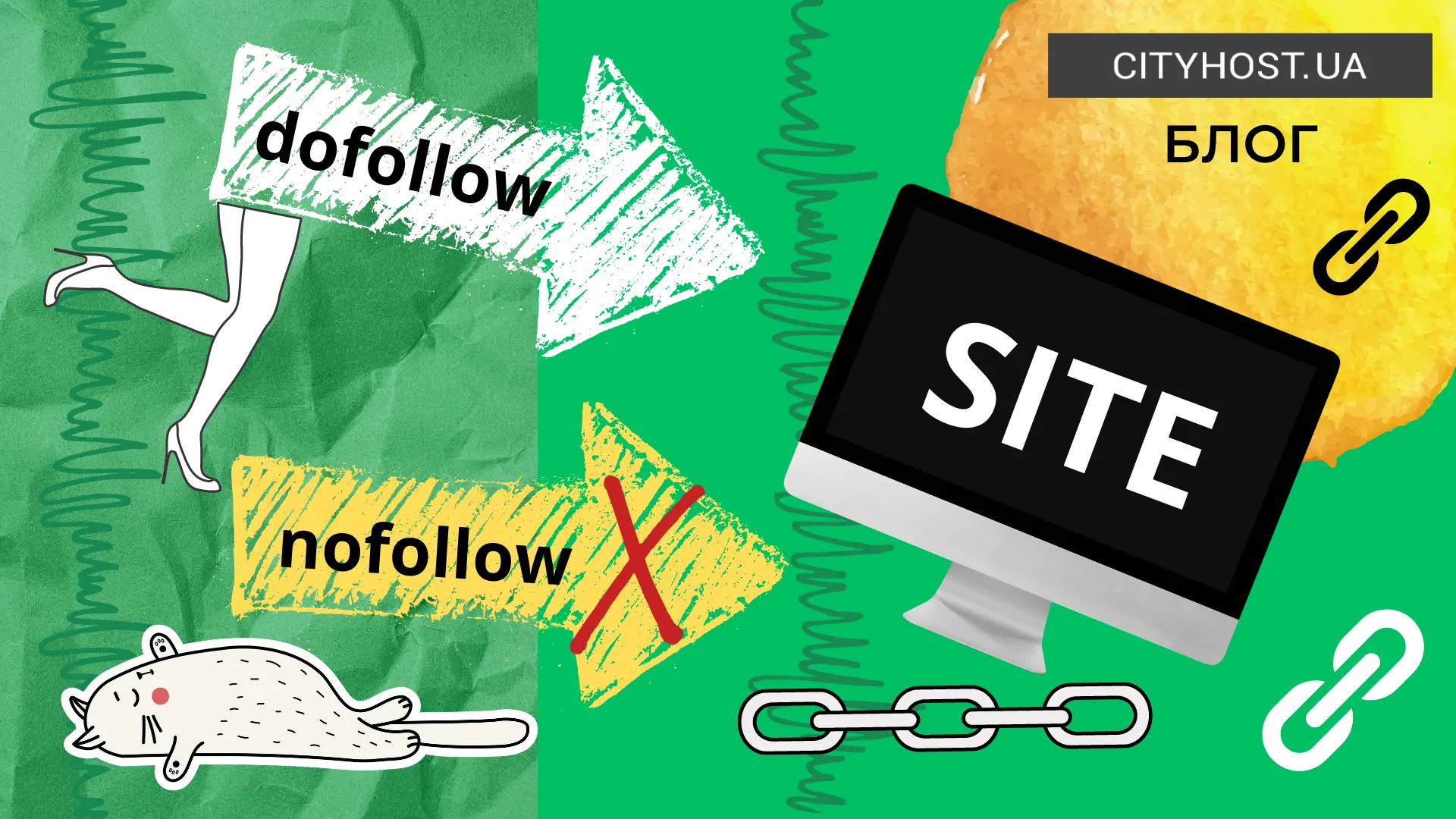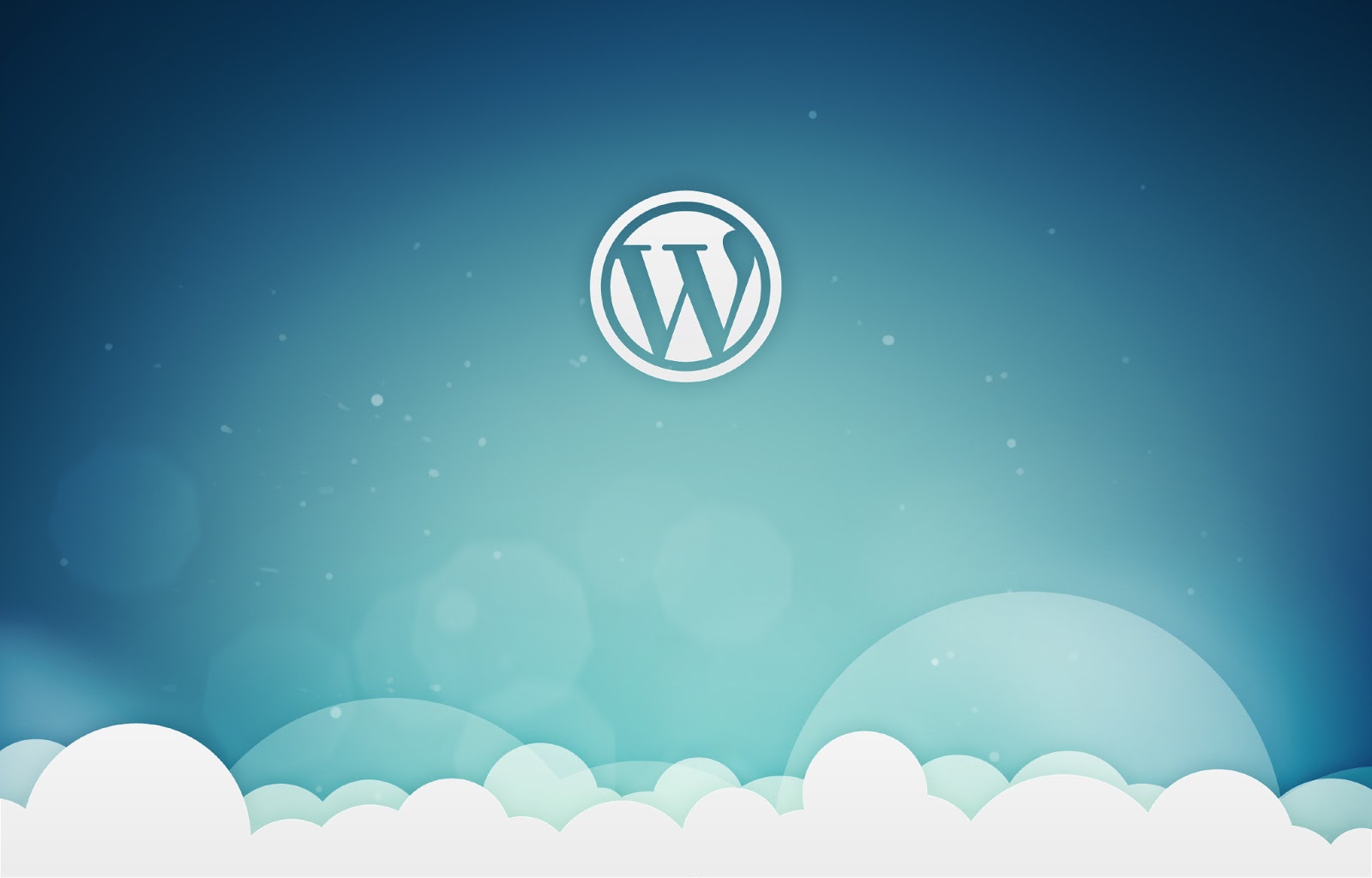
- How many internal and external links can be added to a page
- How to improve the quality of links on a website
“How many internal links can there be on a page?” — probably every SEO specialist and webmaster has asked themselves this question. And if the correct answer was found and applied in practice, the web resource received approval from search engines and began to confidently move toward TOP‑1. In cases where the SEO specialist or webmaster ignored this aspect of promotion, the positions of the online project began to sag, or the web page with a large number of links “dropped out” of the search results.
As you have probably already guessed, the maximum number of links on a page is an important SEO factor. Next, you will learn how to optimize it and also improve the quality of internal linking.
Note! Another important search‑engine‑optimization factor is site loading speed. To make your blog or online store “fly”, order reliable site hosting from the company Cityhost.
How many internal and external links can be added to a page
Let’s start with the fact that outbound links pass a portion of the weight of the page on which they are placed to the page they link to. This information will help you better understand what follows.
Representatives of Google and other search engines claim that there are no restrictions on the number of URLs placed on any given page. They also say that the quality of the links plays a bigger role in promotion. However, considering that a hyperlink passes on the weight of the page on which it is placed, the optimal number of internal links on a page is 10–50.
This number does not include links in the menu, breadcrumb navigation, or footer of the online resource.
It is also important to mention that hyperlinks should be placed wisely — they should help both visitors and web crawlers better understand the structure of the site. You should also ensure that URLs lead to pages related to the content of the material in which they are placed.
As for outbound hyperlinks leading to pages of other web resources, their number should be minimal. Ideally — none at all. After all, why pass the “weight” of your blog, online store, or portal to another site?
How to improve the quality of links on a website
In an effort to save time, webmasters simply find similar words or phrases in the text and insert links to the relevant pages of the web project. Some use CMS plugins that can automatically find such words and insert links. However, these methods rarely help properly distribute link weight, let alone provide the user with additional useful information.
For professional internal linking, follow these tips:
- Place hyperlinks only to materials that will interest the visitor. For example, if you are working on internal linking in a blog, the articles should contain URLs leading to other publications on a similar topic or issue.
- Use anchors (the texts behind which the links are “hidden”) correctly — they should be relevant to the material they lead to.
- If possible and it does not contradict the information from the previous recommendations, try to place internal links to materials located in other categories or sections. This will help inform visitors about other topics on the site, increase the time they spend on the online resource, and thereby improve behavioral factors.
- Make sure there are no circular or broken hyperlinks on the pages.
You’ve learned what the recommended maximum number of links on web pages should be and how to properly optimize internal linking. When applied in practice, this knowledge will help accelerate your blog, online store, forum, or portal toward the top positions in search results, and increase the number of visitors and customers.








